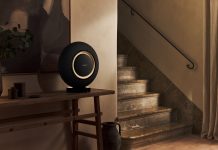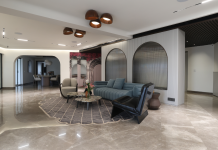
“First and foremost, we must comprehend what smart lighting stands for in a holistic approach. Smart lighting is often thought of as a facility where users can manage lighting with their phone, iPod, or voice controls. But that is not smart lighting in its true sense. Just a change of user interface does not make a lighting system smart. The entire lighting system becomes a smart system when a given lighting system has the capability of providing users with multiple outputs and input options based on their needs and desires.”, Mr. Kirtee Siingh, Principal at Kirtee & Associates, Lighting Designer & Consultant.
Multiple output options are important because the correlated colour temperature (CCT) of lighting has an impact on our mood, hormones, body temperature, and even our rate of heartbeat. A body clock (circadian rhythm) is a notion that exists in every living organism, including humans, animals, and plants. Light alone regulates these body clocks and their associated activities, from waking up to going to sleep, having bowel movements, hormone level regulation, alertness, etc. As a result, lighting that can help regulate a user’s well-being is required.
As the post-COVID situation plays out, many people are working from home and having a smart lighting solution not only enhances aesthetics but also assists in health regulation. It also allows you to customise the lighting in your house to suit any mood or activity.
What are the primary factors that you consider while ideating a design?
My design criteria are prioritised by three factors. The first is the environment, so I never design anything that harms the environment (especially outdoor lighting). Second, in line comes my client’s needs and well-being, and third, the architectural requirements.
Environmental factors do not come into play when doing indoor lighting design. But it’s critical when working outdoors because we’re not the only ones who are subjected to these lights. Every year, millions of birds die around the world as a result of our cities’ being excessively lit. There is a threatening amount of light pollution. As a result, these birds that migrate from one location to another while navigating with the help of celestial bodies become disoriented and die when they pass through cities like Mumbai, Paris, New York, etc.
We are taking the ecosystem for a toss. So when we create a lighting system, the environmental component is the first and foremost thing that comes to our mind. “Are we hurting anyone?”

The second consideration is my client’s requirements and desires. What exactly does he require? Is there a toddler, kid, or elderly person in the family? Is there an office worker? Is anyone suffering from migraines or prone to headaches? Is anyone on a screen all the time? I need to first understand all of these requirements.
Architecture is the third element. What kind of architectural design does the theme follow? What is the colour of the existing surfaces? Each colour and texture has its own reflectance ratio. A white-painted wall reflects 80 to 90% of the incident light. A dark grey wall will reflect only 30% of the light. So we need to understand all of these architectural and interior schemes; these three are the most vital; everything else comes later.
If the architecture or interior design does not call for a specific style or type of lighting fixture, then we stay away from them. Hence, a lighting trend has no bearing on the sort of lighting we use for our projects.
Would you like to elaborate on lighting controls, the benefits, and the science behind them?
Assume there is a user interface, such as conventional rocker switches, which never provides data but instead disconnects the power. So what we have is a switch that acts as a relay. When I turn it on, the power goes to the light, and when I turn it off, the power is cut.
When we introduce a control system into the mix, we are effectively not switching the power off directly, but rather providing data to the system or controller via automation sensors or voice and a touch-based interface. The controller understands this data and makes changes to the intensity, colour, and now even beam angle of light in accordance with the user’s needs or as a pre-set program. All of this is feasible because of the possibility of transferring data, be it wired or wireless.
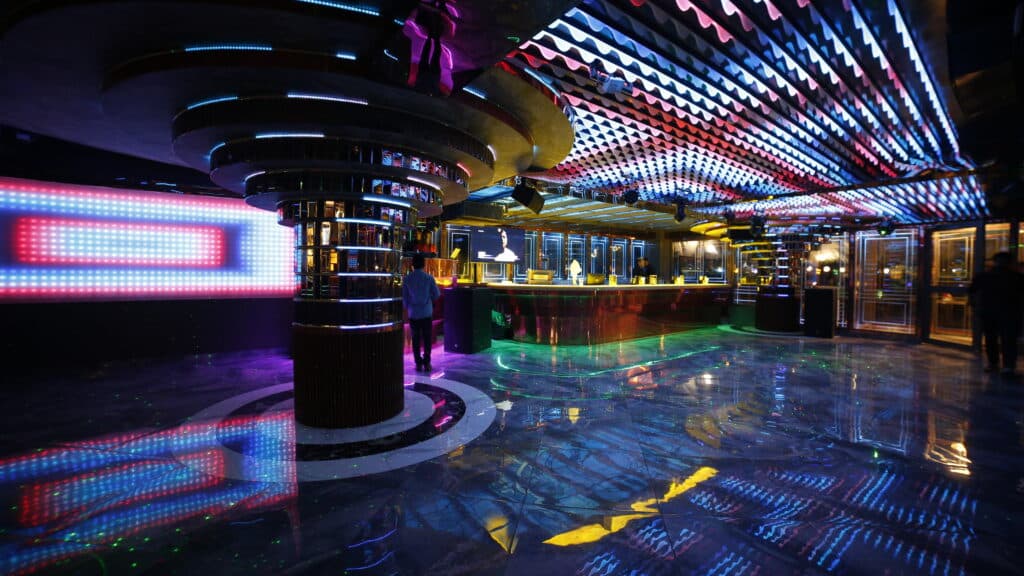
Today we can design a system where you raise your hand and the lighting of the entire space will change. This is also known as “interactive lighting,” in which the illumination changes when the user walks through, exits, or enters a space. These systems are extremely robust, accurate, and precise. These systems each have their own unique method of accomplishing the intended goal.
They may also have restrictions, such as a minimum distance between the controller and the lighting fixture. They each have their own set of costs, etc., but I continue to feel that this is an excellent time for designers because they can accomplish almost anything with lighting.
What are the most important considerations you make when collaborating with a system integrator?
First and foremost, we require flexibility. The first question we ask is, “Is the guy adaptable?” Perhaps he has never met a designer who thinks the same way as us. It’s possible because most lighting designers we’ve encountered don’t talk about how essential darkness is to them. A system integrator may think like the designers he has previously collaborated with, and he may also disregard the value of darkness or a particular mood in a smart lighting system. So, the integrator and his team must be flexible enough to understand why we want a particular control.
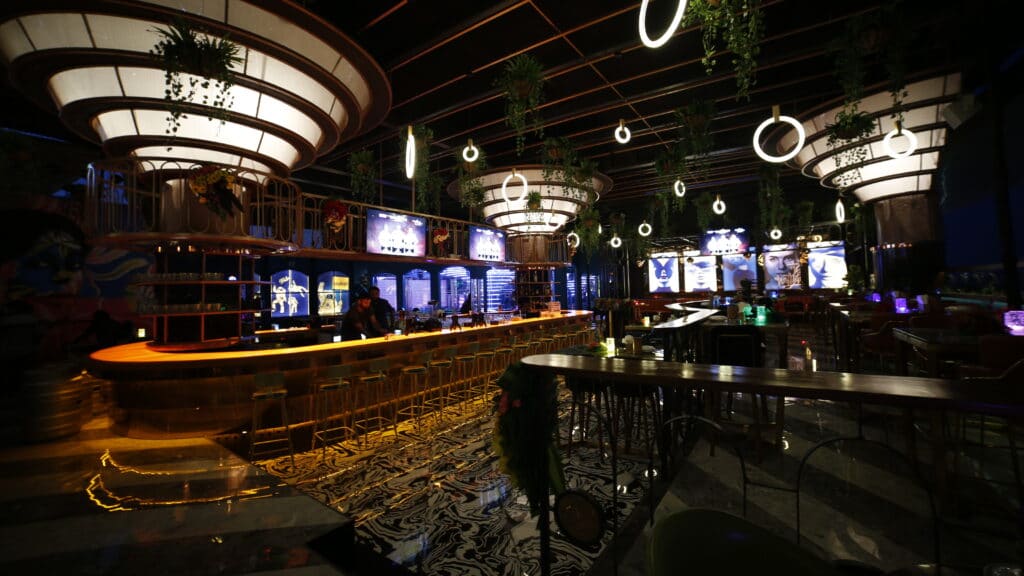
Secondly, the integrator must have in-depth knowledge of integration. There are a lot of integrators we’ve met who say, “no, this is not possible,” for something that we’ve already done in the past. This is because they have not catered to such a demand. So they must be prepared to unlearn and relearn.
So, in that situation, wouldn’t having an in-house system integrator be preferable?
Well, that would be a very comfortable situation, but that is not always possible. You can always recommend someone, but you can’t pressurise a client to make a particular choice. However, we always remind the client that we want an integrator that knows the system from top to bottom, who isn’t new to the craft, and someone who has matured with the technology.
Secondly, as a designer, my point of view is closely associated with the client’s perspective. I have to convince them why a particular system is needed and what tangible benefits it provides. But that is not the same for a system integrator. For an integrator, billable and margins are what matter the most, and that is a little out of tune with our ideologies.
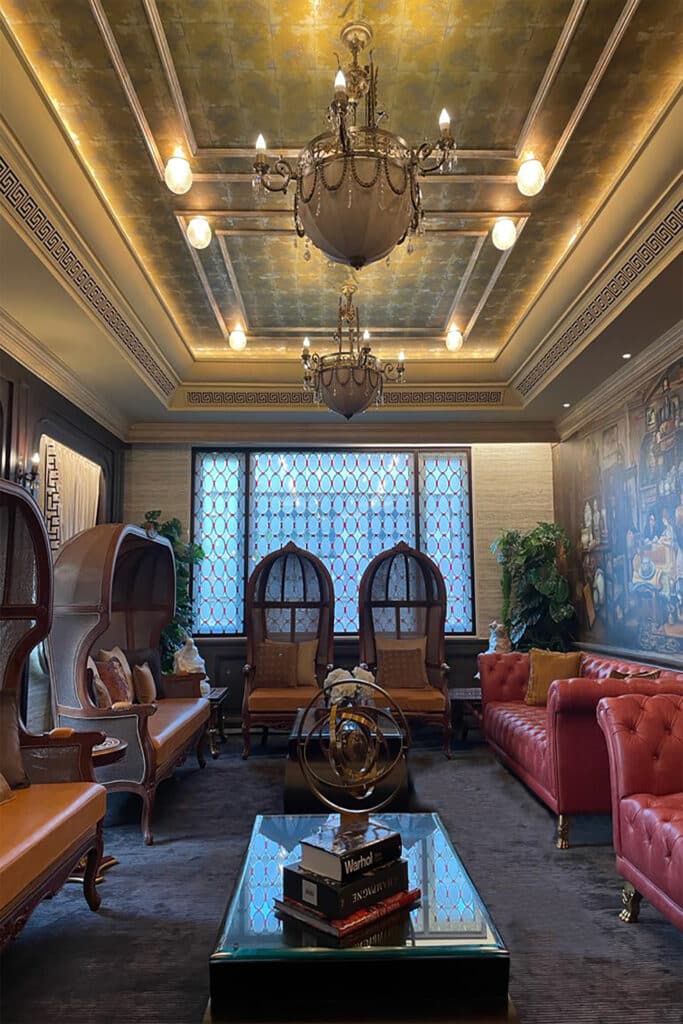
So, if we have an in-house integrator, his focus may move from consumer to revenue, and we wouldn’t want to sell a system solely on the basis of its profitability.
How important is collaboration with a system integrator, while doing a lighting project?
A designer develops an emotional connection to a project, while the system integrator works on a much more practical solution, providing mode. Only through such collaborations can we do justice to a project with a balance between emotion and practicality.
We are both insufficient as solitary entities in a project. Because a designer is incomplete without a system integrator, and vice versa, we both rely on one another.
What is the biggest innovation in the lighting sector? How has it revolutionised the entire industry and contributed to the lifestyles of the urban mass?
Lighting controls and sensors have revolutionised the lighting industry because they can provide users with systems that they can calibrate in accordance with their needs, moods, and preferences.
For example, lunar-sensitive lighting. We all know that the moon has a fortnightly cycle. Its luminous intensity changes on a 14-day cycle. So if a sensor can read this data and pass it on to the controller, then the controller can send signals to the light fixtures in correspondence to the data received and can change the intensity of the light fixture depending on the light being emitted by the moon. This way, we can maintain a full moon level of lighting in your garden every day without disturbing any other ecosystems and possibly with no glare or light trespass.
The same holds true during the day. If the sun is currently emitting X colour of light at Y intensity, this sensor can inform the controller that the lighting level should be maintained at Z level and in X colour.
Eventually, lighting systems will have to provide exactly what nature is providing, and this would be possible only through controls. We can’t do this manually. It has to be done in a controlled and automatic manner.
What is the current demand for smart lighting in the Indian and global markets? What are the major differences between the global and Indian markets? What, according to you, are the primary reasons behind such similarity/dissimilarity?
When it comes to the demand for smart lighting systems, the affluent set of society invest in such systems first, since they have travelled overseas and seen these systems in other nations. They have visited plush hotels and seen these smart lighting systems or the smart integrated living environment and that is something they would want in their homes and offices.
Naturally, it will begin there. It will gradually trickle down to the middle class. We can’t expect the middle class, which is dominant in India, to jump on board with smart lighting. At least not yet, but over the next decade, we may anticipate it to hit India’s middle class & when it does, I think all the brands present in the markets today won’t be able to keep up with the demand.
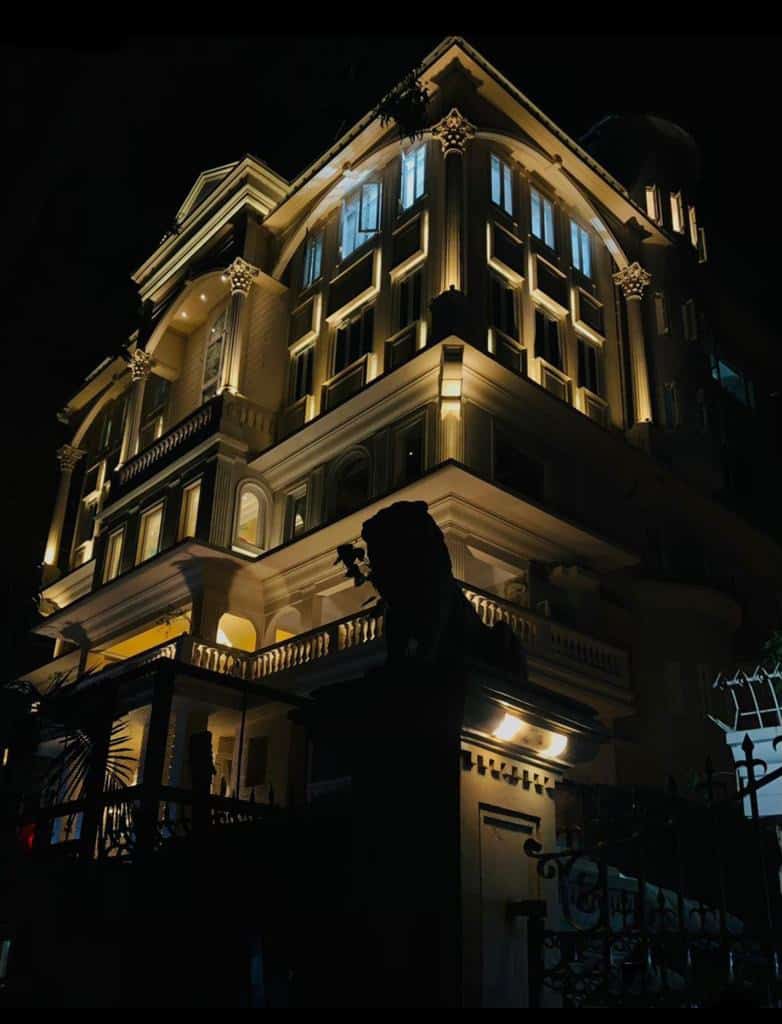
In terms of global demand, every country is different. There is a cultural flavour that gets into the picture. Consumers in French markets, for example, are focused on what motivates them to do something, but that is not true for India. Our thought processes are radically different.
We are price-sensitive, not because we are poor. We are price-sensitive because of our approach and thought process. It will take time and we will do it in our style. We will never be able to replicate the same way the automation market works in France or the way it worked in the UK. India has its style, and it should!
According to you, in which sector (hospitality, commercial, residential), traditional lighting is getting rapidly replaced by smart lighting?
I believe it is happening at the same rate in all sectors, including hospitality, residential, and commercial. I don’t see any distinction between them. This need for automation or smart integration is equally felt everywhere.
Smart lighting and integrations are penetrating the market at a very optimal pace. I would not want to go at a rapid pace because I want people to understand the systems they are getting into. So let us not try to rush in but rather go with the flow. The rate of penetration is perfect and doesn’t need any boost.
Another reason the present pace is ideal is that, while the existing system is robust and precise enough, it still requires a lot of work to create the same magic that nature can.
In what ways smart lighting is capable of promoting better health both physically & mentally?
Anxiety levels are currently at an all-time high. The majority of those suffering from anxiety are between the ages of 24 and 37 and are unable to sleep at night due to exposure to blue light from phones, computers, and even lighting fixtures. This is on top of the stress they manage in their day-to-day life. As a result, the user’s health is being jeopardised. The majority of our hormones are controlled by light. Cortisol, for example, is a stress hormone. It is controlled by light. Melatonin is a sleep-inducing hormone that is also light-dependent. There is no other way to regulate it.
Some people take vitamin D supplements instead of going outside in the sun. The only way to get vitamin D and regulate those hormones is to expose oneself to light. You need to get out and about in the sunshine. If you are not in the sun, or if you are inside, your lighting must be in accordance with the sun. So, at the very least, your brain and bodily systems are not confused. A balanced lighting system is critical for everyone.
Do you see any challenging factor (economic, social, environmental, etc.) that has a strong potential to restrain the smart lighting industry? What can be the possible solutions?
One of the things restraining the lighting industry is awareness and our ideology, and I believe that designers will have to put in some extra effort here since we need to sit down with the client and explain what is feasible and why we need to do something. Everything else falls into place once we understand the “why” behind our “what” and “how.”
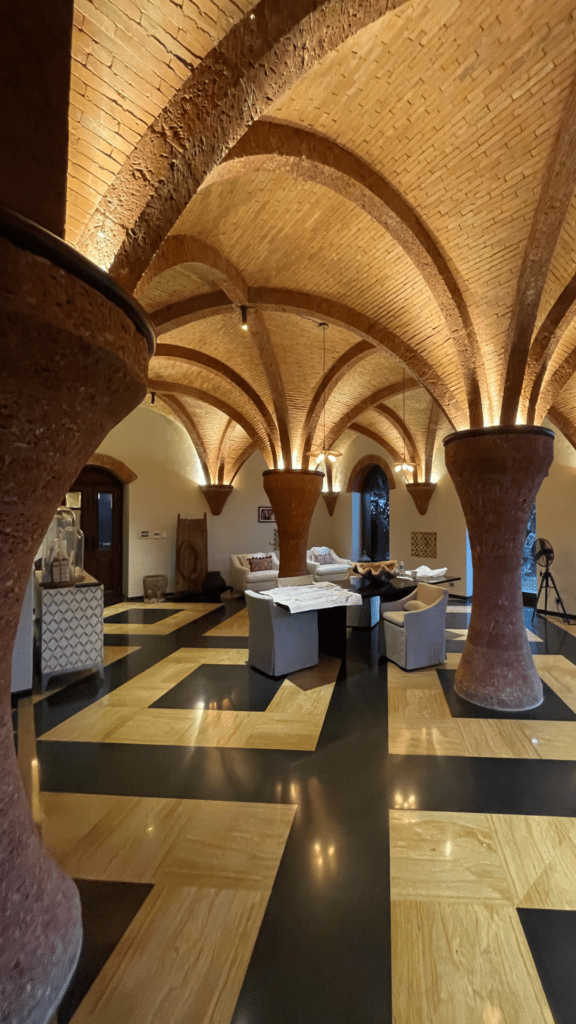
Price sensitivity, economic, social, and other factors are irrelevant because a large number of wealthy people are willing to purchase these systems. From a business standpoint, there are ways to develop a sustainable long-term business if you look for them. It all boils down to thinking that everything is possible and that we can do this. Firstly, we need to convince ourselves before we convince a client.
There are people who are buying phones on EMIs because they are convinced that they can’t do without a phone. So, if our approach is based on the belief that every one of us requires a smart lighting system in our homes and offices, we will be able to overcome any challenges.
Another particularly stringent restraining factor is a lack of awareness. I have seen instances where when asked why I need to put this system in my home, the designer replies, “Because everyone else is doing it.” & the integrator replies, “Because we can do it cheaper.” Nobody is informing the client how things will change for his/her family now and in the future if he/she instals a certain system. We need to bring such an approach towards the client’s awareness.
One method to solve these issues is to address them at their source, which is our education system. Today, there is not a single university or autonomous college in India that provides certification or diploma in lighting design. I personally had to go to Germany for my master’s in architectural lighting design. This type of training can serve as a link between problems and solutions, as well as a solid platform. If an institution creates a course like this, it may become a place where specialists can come together and teach both the scientific and emotional aspects of lighting.
We must also change how we approach the clients. We must ask ourselves why we are only talking about money. When it comes to system integration, why is cost the only consideration? It is because we put it across that way. It may be a paradigm shift from focusing on price to focusing on needs. But it’s not as challenging as it appears. For instance, the number of German automobiles in India is so high; we have so many of them, especially in metropolitans. Can we explain that pricing? The Indian government levies a nearly 100% tax on them, making us pay twice the price of the vehicle. Despite this, there are a large number of such vehicles on our roadways. So there is something that transforms the price sensitive society to not-so-price sensitive. I am sure something similar can be replicated in smart lighting as well.
How do you foresee the future of the smart lighting industry?
The only way out is through smart lighting. It’s the only option and it will eventually be accepted by the masses. It will begin with their living rooms, progress to their bedrooms, and finally to their kitchens, and very soon, smart lighting will become a fundamental need.
The market for smart lighting is perfectly poised. It looks incredibly stunning from my point of view. Even with all of the problems we addressed, this indeed is the perfect moment for smart lighting and the smart home industry.



